All about pruning apricot
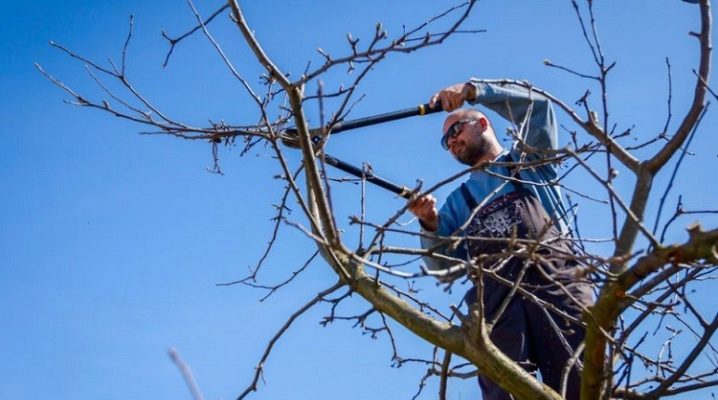
Apricot is a culture that preserves all ovaries and forms fruits from them. Therefore, it requires regular pruning to form a correct crown and a rich annual harvest. Regular pruning is carried out not only in spring and autumn, but also in summer.
This is done according to certain rules and schemes so as not to harm the tree. Regular complex pruning prolongs the life and fruiting of the tree, improves the quality of the fruit.
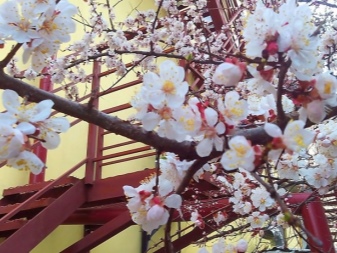
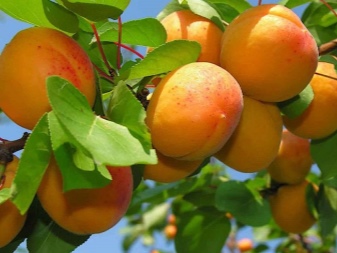
Timing
Annual pruning of apricot is necessary for the correct formation of the crown of a young seedling, rejuvenation for old trees and preservation of the yield and quality of the fruit. If you do not carry out regular pruning, the culture begins to bear fruit early and form a dense crown. After several years of abundant fruiting, the tree depletes its resources and ceases to bear a good harvest, the fruits become small and tasteless.
In central Russia, spring pruning of a crop takes place in March-April, before the start of sap flow. You can start pruning when the daytime temperature rises to +10, and at night to 0 degrees. And autumn pruning occurs after the full harvest, approximately in mid-October. Summer pruning is carried out in early May - early June, before the start of fruit formation. Or after harvest. Pruning time depends on weather and climatic conditions and can vary in one direction or another for about 2-3 weeks.
All tools must be prepared before starting trimming. It is advisable to decontaminate the cutting surfaces. This will avoid the spread of various microorganisms and fungal bacteria.
All blades must be well sharpened so that there is no unnecessary damage to the bark and burrs. All cuts must be even and smooth, without breakage.
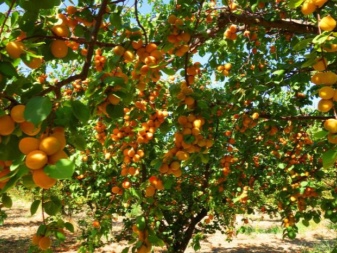

Summer
In summer, they usually carry out anti-aging pruning or regulating the growth of new shoots, most of which are removed - about 2/3 of the total. Only the strongest and most correct growing branches are left. The purpose of summer pruning is to improve the quality of the crop and the correct formation of the crown, while controlling the growth of young shoots. After pruning, the result will not be noticeable, but the next year the fruits will become larger and juicier. And many young shoots will appear on the tree, and the tree will noticeably increase in size. In early June, young shoots of this year are shortened, leaving 20-30 cm.
After about 3 weeks, young shoots will grow on these shoots. 3-4 healthy and strong shoots are selected from it, and the rest are cut off completely. It is undesirable to carry out summer pruning every year, as this can damage the tree. In the summer, branches are removed only if necessary, on average this happens once every 3 years.
If the summer is dry, or the tree has not endured the winter well, then summer pruning should not be carried out. Apricot will not have time to heal wounds and gain the necessary amount of nutrients for a good harvest.

Spring
In the spring, pruning must be done before sap flow begins. This will allow the tree time to heal before the buds begin to heal. Usually, the procedure begins in early March. It is best to prune one tree in one day. The first pruning of a seedling takes place in the spring, immediately after planting, then a suitable crown shape is laid and the growth of lateral branches is stimulated. In the spring, the main pruning is carried out, removing damaged and frozen branches, forming the correct crown shape.

Autumn
Autumn pruning is also important for a stable annual apricot harvest.... It must be remembered that in autumn, trees can only be pruned with an early and medium ripening period. Pruning in autumn helps to rejuvenate the tree and improve the quality of the fruit. It allows you to balance the ratio of fruiting branches to deciduous ones. In the fall, it is necessary to shorten the fruit branches by 1/3 of the length. This is done to avoid breaking under the weight of the fruit next year.
In this case, the branches of the main skeleton are not touched, only the processes are pruned. Sick or damaged branches, as well as shoots growing inside the crown, are completely removed. Pruning in the fall is carried out before the first night frosts and the rainy season, so that the tree has time to recover.
Immediately after pruning, you need to process all the cuts with garden varnish or special ointments.
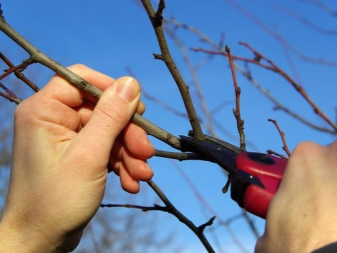
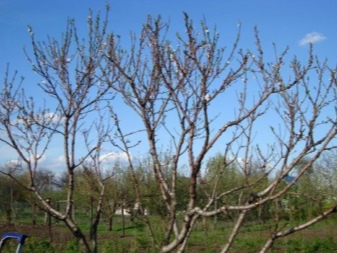
Views
Growing a beautiful healthy apricot tree on your own on the site is not as difficult as it might seem at first glance. You just need to properly cut and form the crown of a young seedling when planting, and in subsequent years, maintain the formation of the tree. Trees are formed according to a certain pattern. For beginners, it is better to choose a sparse-tiered system or in the form of a bowl. Using such schemes, you can form a healthy tree with a good strong skeleton, which will bring a good harvest of large fruits. In the first and second years of life, it is imperative to pinch the top of the main trunk to avoid excessive growth of the tree upwards. In a two-year-old tree, the side branches are also cut by 1/3 to form additional fruit branches.
After 8-10 years, it is imperative to rejuvenate the tree and remove the lower side branches. In an old tree, it is imperative to update all fruit and deciduous branches, remove frozen and damaged branches. Rejuvenation of an adult tree is carried out every 2-3 years. Then it manages to heal large wounds and form new young shoots.
The rules for pruning are very simple:
- the procedure should be carried out on a warm day;
- you can not do pruning during flowering and ovary;
- tools must be sharp;
- processing of slices after trimming is mandatory;
- the procedure can be carried out during the period of the least activity of the tree (except for summer pruning);
- before starting the procedure, you need to outline a plan;
- it is better to cut 2-3 large branches than many small shoots;
- try to remove branches without leaving hemp and twigs, so healing will be easier.
The apricot tree needs comprehensive pruning every year. Therefore, the procedure is carried out in spring, summer and autumn.... Only if all the rules are observed will the tree be healthy, beautiful and bring a rich harvest. Each tree requires an individual approach and several types of pruning per season. It depends on the climatic conditions, the past winter, the age and general condition of the tree.
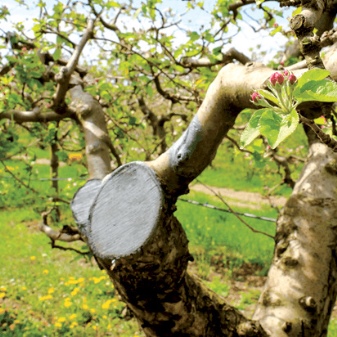
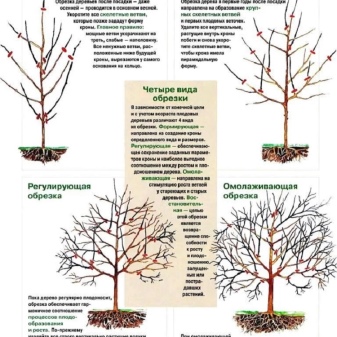
Regular
This type of pruning is done every spring.... It is carried out after the complete formation of the correct crown. Regular or maintenance pruning is done only on already fruiting bushes. It is needed to maintain a balance between fertile and deciduous branches. At the same time, the fruiting branches are shortened by one third to regulate the yield. In this case, the branches are strengthened and become strong enough to withstand the harvest. If the fruit-bearing branches are not shortened, after 3-4 years they become bare and stop forming ovaries.
With regular pruning, young shoots growing inward or downward are removed... The crown must be thinned out so that the sun's rays and air can freely flow inside. If there is not enough light and oxygen, then the tree begins to ache, the bark of the internal branches is affected by fungal bacteria and insects. With regular pruning, the crown shape is maintained and yields are increased. And you can also adjust the height of the tree and shape the location of the side shoots for more convenient harvesting.
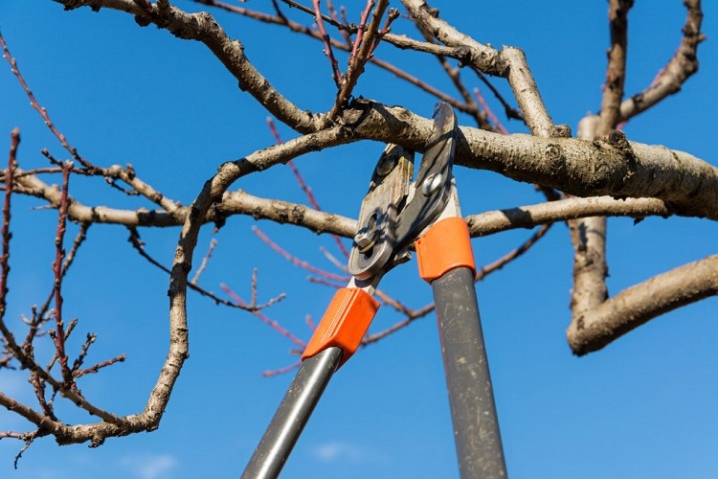
Sanitary
Sanitary pruning is done in both spring and fall. With this type of pruning, all damaged, diseased and frozen branches and young shoots are removed. This is done so that the tree does not waste energy and nutrients to repair damage, otherwise the harvest will be weak and the fruits small. Sick or fungus-infected branches are completely removed, and the cut site must be disinfected. Dried and frozen branches are also cut off completely.
Broken or damaged branches may not be cut completely if the length allows to maintain the shape of the tree. In autumn, it is imperative to carry out sanitary pruning, so the tree will better endure the winter and preserve nutrients. Broken and drying branches are removed. Sick or insect-infested branches are also cut off.
The main condition is to have time to prune before the night temperature drops.
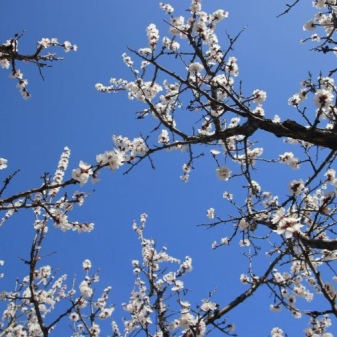
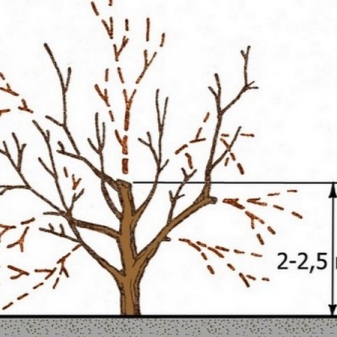
Normalizing
Regular pruning is similar to regular pruning and is done in spring and summer.... At the same time, fruitful branches are pinched to strengthen them. This is done to maintain a balance between the growth of the tree and the number of ovaries. As you know, apricot cannot independently regulate the number of ovaries. Therefore, it is imperative to cut off fruiting shoots, and limit the yield. Otherwise, the tree will quickly deplete and stop bearing fruit. And if the branches are not pruned, they will be weak and thin, and break under the weight of the crop.
And you also need to maintain a balance between old and young branches, then the tree will delight with a rich harvest with large sweet fruits. In the case of apricot crops, pruning is done to reduce yields, not to increase (as with other crops). If you do not do normalizing pruning, then there will be too many fruits, the tree may not have enough strength and nutrients for their full growth and ripening.
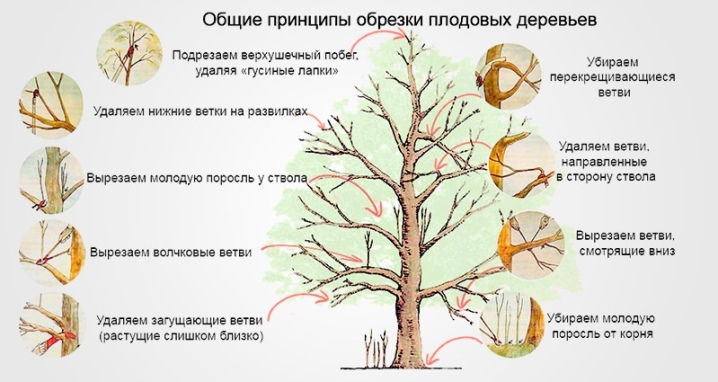
Rejuvenating
After 10 years of life, the apricot tree requires rejuvenating pruning. This is necessary for the general rejuvenation of the crown and skeleton, and, as a result, prolong the life of the tree. By this time, the lower old branches cease to bear fruit, they can be cut off. Rejuvenating pruning can be started when the branches grow less than 20 cm per year. This is done in stages for 3-4 years so that the tree has time to recover. In one year, about a third of the old branches are cut, and new strong lateral shoots are awaited. Removing old branches stimulates the growth of young shoots and the formation of a new skeleton, thus, the tree gets a second life, and continues to bear fruit abundantly. The procedure is done in spring or early summer.
The apricot tree regenerates quickly, therefore when old bare branches are removed, new shoots begin to form immediately... In this case, you need to follow so that young shoots grow laterally, forming the skeleton of a tree. In 3-4 seasons, a completely new skeleton will form, and the tree will continue to bear fruit. Sometimes a complete pruning of old branches is done in one go. By autumn, young shoots are formed near the tree, which will yield a harvest in 1-2 years. But this is rarely done, since for 1-2 years you will have to be left without a crop. And there is a risk of death of the tree if it does not regain strength before the first frost.
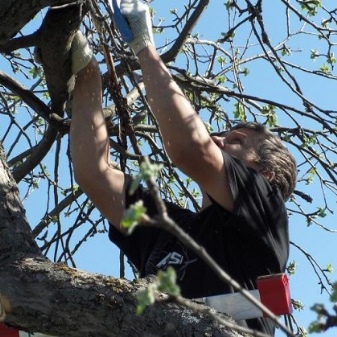
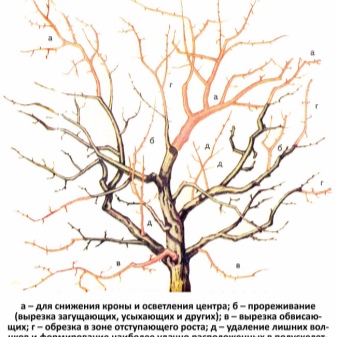
Formative
This pruning takes place in the first 4 years after the seedling is planted.... It allows you to form the correct crown and shape the tree. The procedure is carried out in the spring, before the juice begins to move. The first time, pruning is carried out immediately after planting. Starting from the first year, the tree is given the desired shape and crown thickening is controlled. New young shoots need to be pinched so that they gain strength and grow stronger over the summer. The next year, an ovary will form on them, and they will support the weight of the crop. The formation of the skeleton and crown occurs in stages, as the seedling grows. Each year, a new layer is formed, and the growth of young side shoots is stimulated.
A distance of about 30 cm is left between the tiers.In this case, all unnecessary branches are removed, and the crown of the conductor is pinched to control growth. In the spring, all weak shoots that will not yield a crop are removed. Vertically growing branches are completely cut off, they will interfere with the penetration of sunlight and air into the crown. The formation of the tree ends at the 4th year, when it begins to bear fruit.
After that, only sanitary and regular pruning is carried out. This process is necessary in small areas where you need to form a compact, neat tree.
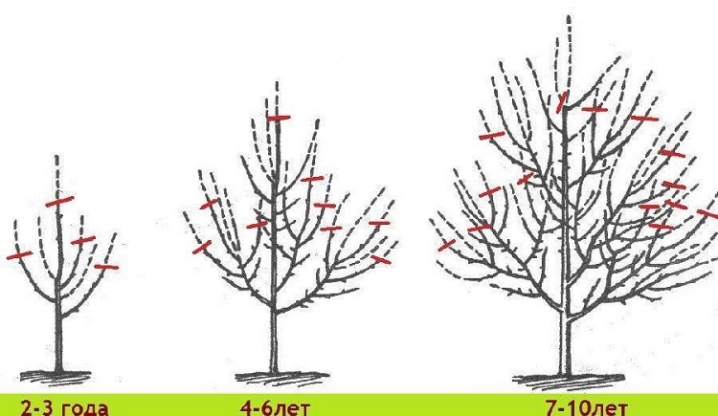
Follow-up care
Proper maintenance after pruning will ensure that the tree regains and grows quickly. After trimming, be sure to process all large cuts. To do this, use a garden pitch or special spreads. Some gardeners use natural drying oil or oil paint. If this is not done, then juice will begin to stand out from the cut, and a beneficial environment for harmful microorganisms will form. If the sections are very large, then they must be additionally disinfected with a solution of copper sulfate.
For a speedy recovery of strength in the tree, you can fertilize with nitrogen or phosphorus fertilizers. If the procedure took place in the summer, the apricot must be watered abundantly for several days. You can mulch the soil with sawdust or chopped bark.
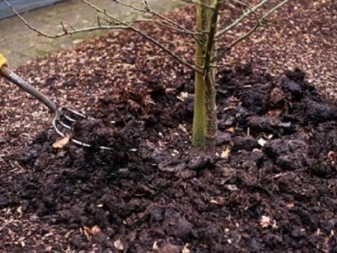
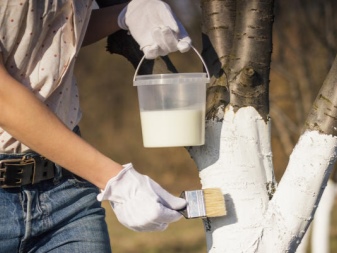






The comment was sent successfully.